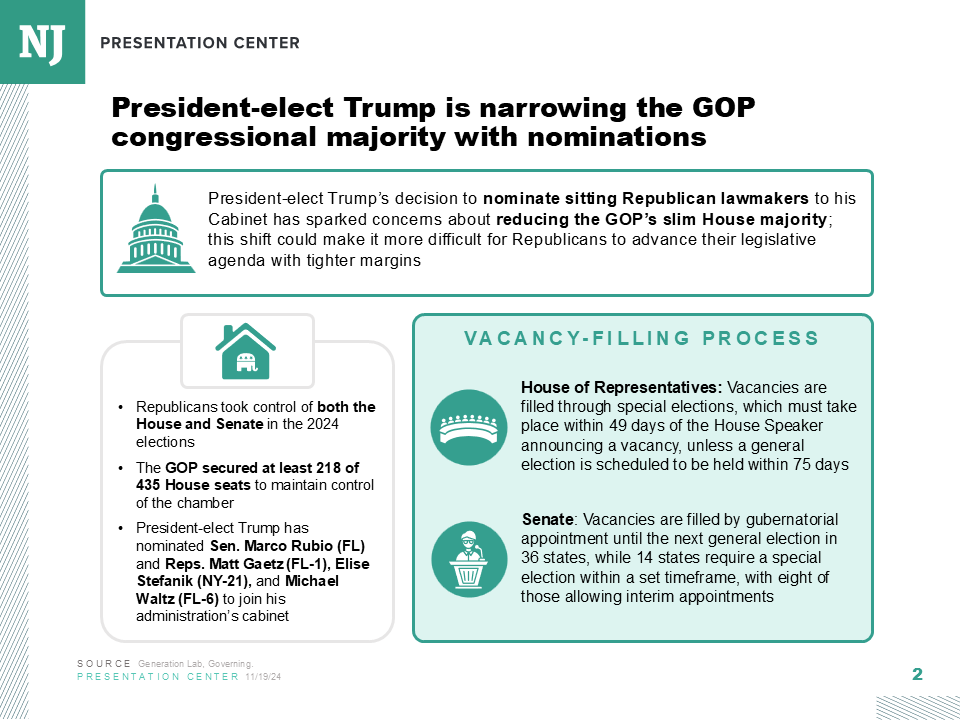Ordinarily, states will redraw their congressional maps every 10 years following the Census and apportionment process when the Electoral College votes and House seats are allocated.
These are not ordinary times. States are increasingly cracking open their congressional maps in non-Census cycles. A record six states have drawn new congressional maps so far this cycle, according to data compiled by Votebeat Managing Editor Nathaniel Rakich. That’s the most for a non-Census cycle since 1984 after the Voting Rights Act was amended in 1982. From 2022-2024, five states redraw maps, all under a court order. Only one of the six redraws this cycle came from a court order, the rest come from purely partisan motives.
President Trump kicked off the current redistricting arms race when he successfully pressured Texas Republicans to draw friendly maps for his party two months ago. That was quickly followed by other GOP redraws in Missouri and North Carolina. California voters just approved a new Democratic-friendly map, and a court-ordered redraw in Utah will net Democrats a seat. Ohio also approved its newly redrawn map that puts two Democratic-held seats in more Republican territory.
The end result of this constant change is less competitive districts and an ultimately unproductive Congress. Currently the Cook Political Report with Amy Walter rates only 16 races as Toss-Ups and the 16 crossover districts after the 2024 election is tied for the fewest in modern history.
This is a far cry from the high-water mark for crossovers following the 1972 election. President Nixon might have swept George McGovern for one of the largest presidential landslides in history, but that didn’t translate into many gains for Republicans down the ballot. Republicans gained only a dozen House seats that year, keeping Democrats in the majority, with 192 crossover districts. That means about 44% of the districts in the country voted for one party for president and the other for House.
This type of ticket splitting is no longer the norm. For nearly three decades, the number of crossover districts has significantly decreased thanks to several cycles of aggressive gerrymandering and voter self-sorting. As a result, parties spend fewer resources trying to flip seats that look unwinnable. The lack of extension into enemy territory means that swings in the House are much smaller. In the last three election cycles, the average net gain for either party was seven seats.
No matter how the dust settles next year, it’s more likely than not that the House will most likely be divided by a single-digit majority.
— Kirk A. Bado
kbado@nationaljournal.com






